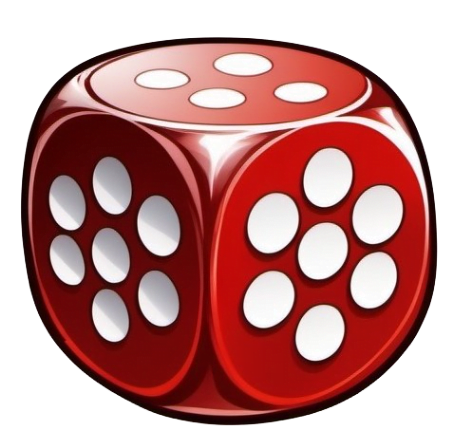The Sword and the Flame (1979) Board Game
The Sword and the Flame is a historical miniatures wargame that was first published in in 1979. It was designed by John Hagen and has since become a classic in the wargaming community. The game is set in the post-Napoleonic era and allows players to recreate battles from this time period using miniatures.
Game Components of The Sword and the Flame
How To Setup The Sword and the Flame
Setting up the game involves organizing the miniatures into units. Infantry units are 20 figures strong, with each unit having an NCO and a lieutenant, while cavalry and artillery follow similar organizational structures. For non-European forces like the Zulus, Dervishes, Pathans, and Boers, each unit has one leader and an extra commander per three units. The game is typically set up on a 5ft by 6ft table using 25mm figures, although other scales like 20mm and 15mm can also be used.
Gameplay Mechanics and Game Objective
Player Experience
The Sword and the Flame offers a dynamic and unpredictable gameplay experience. Players must navigate the uncertainties of war, including variable movement, limited ammo, and the moral impact of leaving wounded behind. The game requires strategic thought and adaptability, making each session unique and engaging.
Pros
Cons
Personal Thoughts on The Sword and the Flame
This game is ideal for wargaming enthusiasts who appreciate historical accuracy, strategic depth, and the unpredictability of battle. It is particularly suited for those interested in the British colonial era, offering a rich and engaging experience. However, it may not be the best fit for players seeking a quick, simple game or those sensitive to the historical context of colonial wars. Despite its age, The Sword and the Flame remains a beloved and enduring part of the wargaming community, known for its innovative mechanics and immersive gameplay.
We are supported by our audience. When you purchase through links on our site, we may earn an affiliate commission, at no extra cost for you. Learn more.

